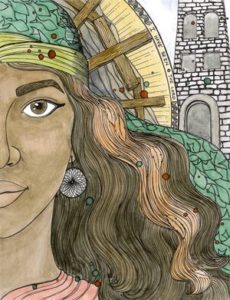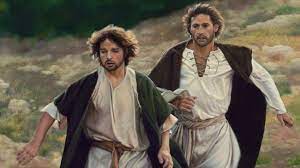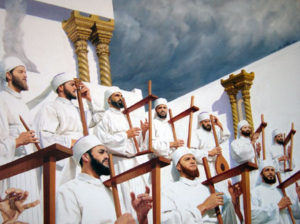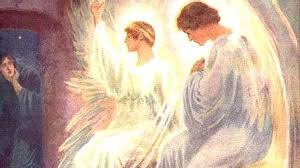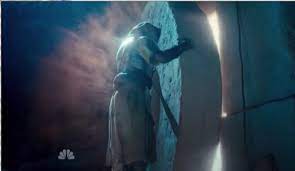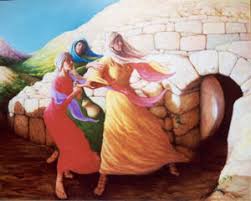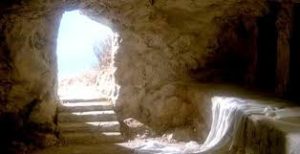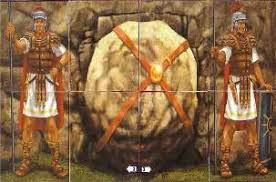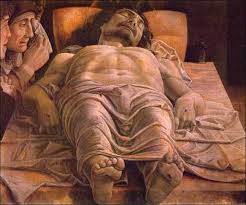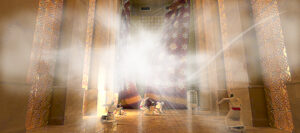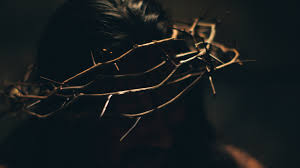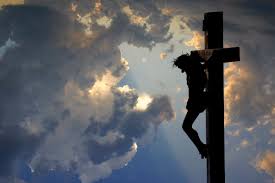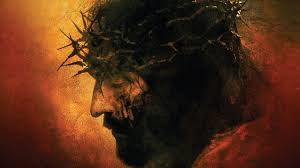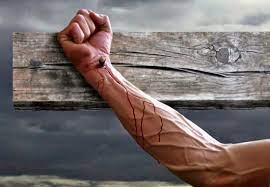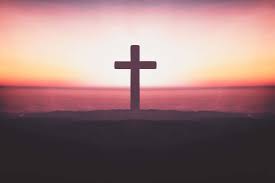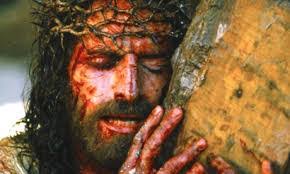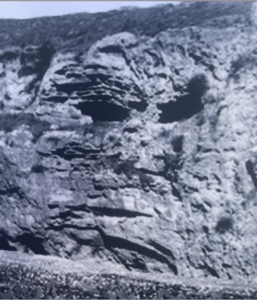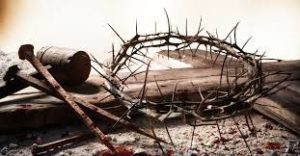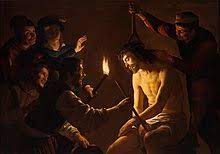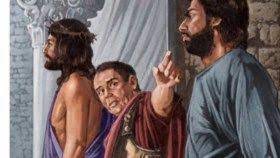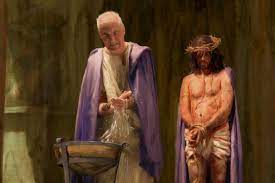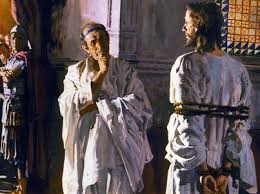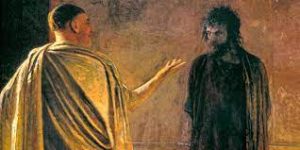Mg – Some of the Guards Report to the Jewish Rulers Matthew 28: 11-15
Some of the Guards Report to the Jewish Rulers
Matthew 28: 11-15
About 7:30 am on Sunday the seventeenth of Nisan
Some of the guards report to the Jewish rulers DIG: Why did the guards go to the Sadducees? Why were they both without excuse? What was their common interest to work together? How had the Jewish religious leaders and Satan try to get rid of Jesus since He was an infant? Why was their devised plan ridiculous? What other false theories have been invented? Would the apostles have allowed themselves to be martyred for something they knew was a lie?
REFLECT: How did the reality of Yeshua’s resurrection “dawn” upon you? Where you more of a “quick believer” or a “slow doubter?” Why? How would you argue against the ideas (some still believe) that the apostles stole the body? Or that the resurrection is merely a legend that has caught on?
While the women were on their way to tell the apostles that they had seen the Lord, some of the guards went into the City. Only some of the guards went into Tziyon and reported to the Jewish religious leaders, probably representatives of the whole group of guards, which may have numbered as many as a dozen. For them all to go together would surely have reached the ears of Pontius Pilate. If so, the governor would have had them arrested and executed immediately for leaving their post and failing to follow orders and protect the body of the Nazarene from being stolen from the tomb (Matthew 27:62-66).
They had been eyewitnesses to all the events on Sunday morning – the earthquake, the appearance of the angels, and the empty tomb. Yet they had been responsible to guard the tomb in order to avoid any potential problems. The penalty for a guard falling asleep and failing to protect a Roman seal was punishable by death. Because they were in the temporary service of the Jewish religious leaders, the soldiers wisely reported to the Sadducees everything that had happened (Matthew 28:11). They had much less to fear from the Sadducees than from Pilate, and they probably hoped the Jews could some how protect them from the Roman procurator. So a new conspiracy was invented. There is never enough evidence for unbelief.
But despite the firsthand, unprejudiced testimony and their own awareness that Yeshua claimed He would rise from the dead on the third day, the Sadducees showed no interest in verifying the guards’ story. It didn’t really matter to them that Messiah was raised from the dead, or that the Galilean Rabbi had performed marvelous miracles before their own eyes. Some of the Sadducees had stood beneath the cross, taunting Christ, saying: He’s the king of Isra’el! Let Him come down now from the cross, and we will believe in Him (Matthew 27:41-42; Mark 15:32a). But their treachery was now exposed, because the resurrection was a greater miracle than coming down from the cross would have been, and yet they still did not believe. As Father Abraham told the rich man in Meshiach’s parable: If they do not listen to Moses and the Prophets, then they will not be convinced even if someone raises from the dead” (Luke 16:31). The heart that is hardened to ADONAI will not be persuaded by any miracle or by any amount of evidence because there is never enough evidence for unbelief. The Sadducees were so evil, self-willed, and spiritually blind that they shut their eyes to the truth of Christ’s claims (Second Corinthians 4:4).
The Jewish religious leaders, with the Adversary behind them, had been trying to get rid of the Prince of Life since He was an infant. Herod tried to eliminate Yeshua by slaughtering all the male babies in his province in order to remove Him as a supposed threat to his throne (to see link click Aw – Herod Gave Orders to Kill all the Boys in Bethlehem Two Years Old and Under). The Sanhedrin had accused Him of being demon possessed (see Ek – It is only by Beelzebub, the Prince of Demons that This Fellow Drives Out Demons), of being associated with sinners, of breaking the Oral Law (see Ei – The Oral Law), healing on the Sabbath, and for blasphemy for claiming to be the Messiah and the Son of God. They perverted both biblical and rabbinical justice in order to convict Him, employed blackmail to get Him crucified, used armed force to try to keep His body in the tomb, and now they were going to be engaged in bribery to hide the truth of His resurrection.
The Roman soldiers’ news brought alarm, fear and confusion to the religious leaders, but it did not bring faith, trust or belief. They were informed about the resurrection but did not try to deny it. Their only concern was to keep that news from reaching their fellow Jews, fearing that many would accept Yeshua as the Messiah and that their own influence, power, and wealth would taken from them.1668
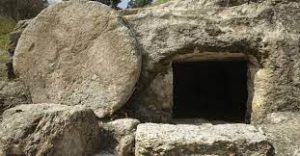
When the Sadducees met with the Pharisees, they devised a coordinated plan called the “stolen body theory.” They gave the soldiers a large sum of money. The word money here is argurion, which literally means silver and is the same word used by Matthew in 26:15 for the bribe given to Judas to betray Jesus. They told them: You are to say, “His talmidim came during the night and stole Him away while we were asleep” (Matthew 28:12-13). This statement in itself is ridiculous. If the soldiers were sleeping, how could they know who took the body? Their own statement exposes their lie. They even admit that they were asleep. How ironic that the very problem that the guards were to prevent then became the story they were directed to tell!
Both the religious rulers and the Roman soldiers had reason to lie. The members of the Sanhedrin needed to save their positions in the Jewish community and the guards needed to save their own lives. If this report gets to the governor, the Sadducees reassured them, we will satisfy him and keep you out of trouble (Matthew 28:14). By threatening to make an unfavorable report to Caesar, the Jewish religious leaders had managed to have their way with Pilate. They knew he would not risk trouble with Caesar over the disposition of a Jewish corpse. If the Sanhedrin came to the soldiers’ defense, they knew the governor would probably give the soldiers no more than a reprimand.1669
So, the soldiers took the money, overjoyed that they not only would not be punished but would even be rewarded. Thus, they put their lives into the hands of the Great Sanhedrin and did as they were instructed. In Matthew’s account, some thirty years after the resurrection, this story has been widely circulated among the Jews as the primary explanation for the empty tomb although there have been others (Matthew 28:15).
In an effort to deny the resurrection, some people have come up with the “wrong tomb” theory where the women went to the wrong tomb which happened to be empty; the “swoon theory” that states that Jesus did not die but merely fainted from loss of blood and was revived in the cool tomb. But in the final analysis, neither of these (or any other explanation) hold up under detailed information. But not only that, we can read about the dramatic transformation of the apostles in the following days. If they had conspired to steal the body, how can one account for their amazing spiritual change.
If the body of Yeshua had been stolen there would have been only two groups interested in stealing it: either Christ’s friends or His enemies. It would have been foolish for anyone else to risk their lives for no reason. If the body was stolen by His talmidim it seems almost impossible to believe that they would be willing to die on the cross for something they knew was a lie. Ten of the twelve apostles died a martyr’s death (see Cy – These are the Names of the Twelve Apostles). Only John died of natural causes. If His enemies had stolen the body, they had an easy way of stopping the continuing advance of the Gospel – merely produce the body! They didn’t produce the body because they didn’t have one. It takes more faith to believe in the stolen body theory than it does the written text of the Bible!
No, the most logical explanation for the empty tomb is that Christ has risen! He has risen indeed! More than 2,000 years later, we are still talking about it, and countless millions can attest to a personal relationship with Yeshua Ha’Meshiach.




